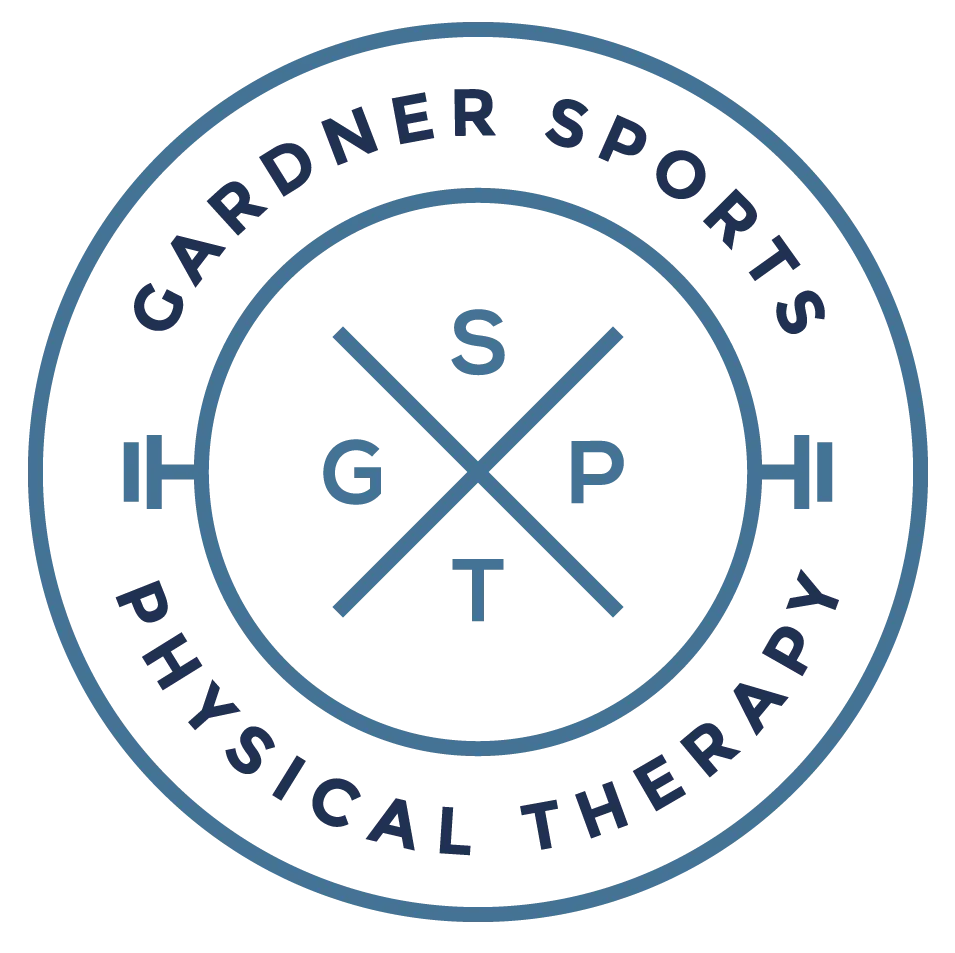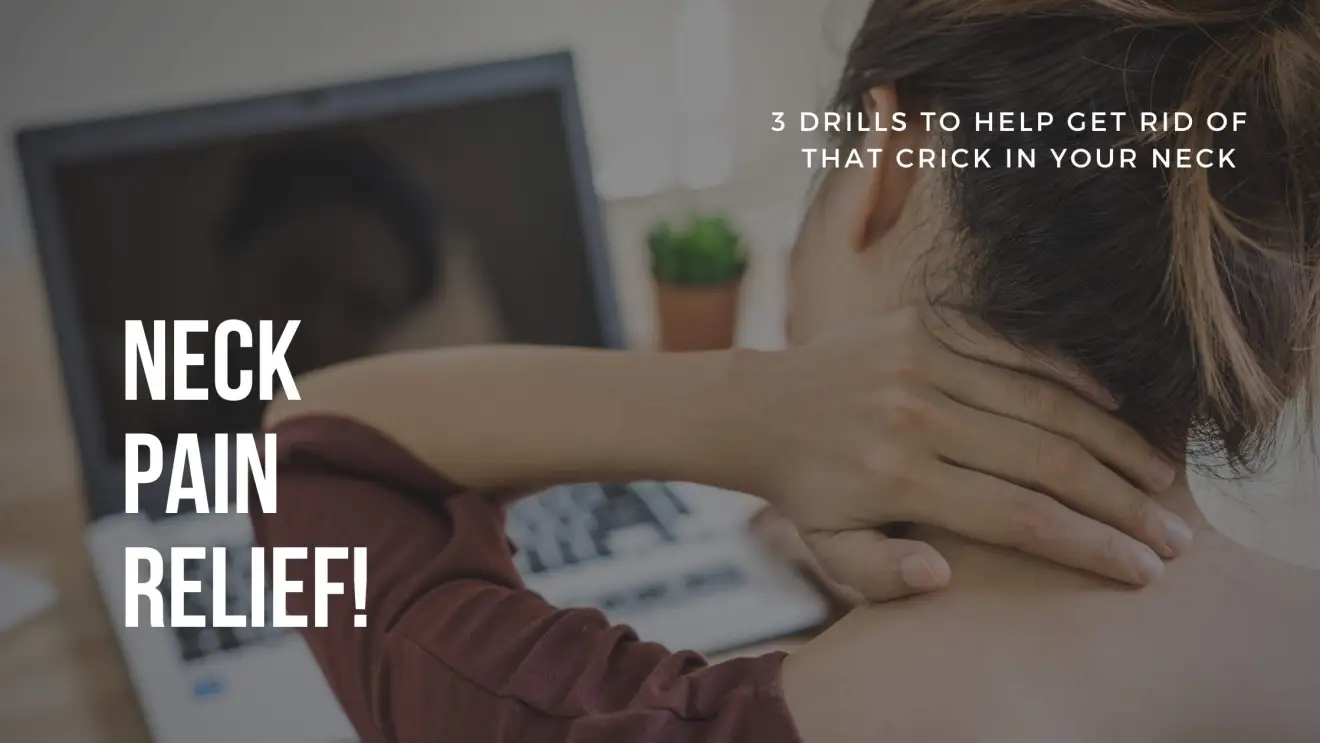Have you ever woke up in the morning with a crick in your neck that won’t seem to go away?
Maybe you were doing an exercise like pullups or an overhead press and felt a pain the next day that just didn’t seem to go away?
Well, if that’s you, its probably been at least 3 weeks and you’re now starting to think, what did I do to my neck that I am still having this pain?
Let me first assure you that it’s not because you’re getting older. This type of injury happens to people regardless of their age. I’ve seen this injury in 24 year olds just as often as I have seen it in 55 year olds.
As with all injuries, there usually isn’t just ONE reason why this happened and there can be a lot of factors including:
- Time spent in stationary positions (like desk work) compared to time spent being mobile (like exercise and physical activity)
- Joint mobility in the neck and upper back
- Strength and stability of the neck and shoulder blade muscles
- Stress factors including work, family demands, major changes (e.g. new baby, moved houses, new job), etc.
- Nutritional factors: including quality, type, and amount of foods consumed
- Sleep Quantity and Quality
- Previous history of injuries
These are just a few of the things that contribute to someone’s pain experience and often give clues to help solve the pain puzzle that is keeping you from moving with less aches and pains.
It’s best to keep things simple by following some active recovery techniques that are known to help reduce neck pain. These strategies are much more helpful than diving deep into google and reading horror stories of people with neck pain.
To help get you on your journey to feeling better and having less “Shneck” pain, I’ve included 3 drills below that help reduce pain and move better.
1. Mid-Upper Back Extension with Peanut Lacrosse Ball
Instructions: While lying on your back, place the peanut lacrosse ball in your mid-upper back with the groove aligned with your spine. NOTE: The ball portions of the tool should NOT be on your spine, but on the muscles that straddle your spine. You can place your hands behind your head initially to help slowly lower your head towards the ground. You should feel the pressure on a joint segment in your spine. I like to add 4-5 arm overhead motions in a relatively pain free range (it is normal to feel the deep tissue pressure discomfort from the lacrosse ball) and focus on breathing through your nose to relax into the stretch. Once you have done this on one joint segment, feel free to move higher or lower on your mid/upper back depending on your areas of stiffness. This shouldn’t be performed at your neck or low back as it is not helpful for those areas. You may feel a pop or release in your spine with this exercise and that is fine. The pop is a release of gas from the joint and should help temporarily alleviate your pain. Use this drill for areas that feel stiff in your upper back.
Perform 1 set of 4-5 arm raises per stiff segment as needed.
2. Wall Angels
Instructions: Find a wall and stand with 3 points of contact. The back of your head, your mid back, and your tailbone/sacrum. The goal of this exercise is to reach your arms towards the wall in a “touch down” position and slowly slide up the wall. This exercise does a few things: it mobilizes your upper spine, it strengthens your shoulder blade muscles, and stretches your chest and front shoulders. For those of you that work at desk positions or have rounded shoulders, please don’t force your shoulders back to the wall. If you can’t get there, you can modify and start this exercise on the ground and work your way up to the wall. This should feel like a stretch in your chest and upper back. This drill should NOT cause pain or any nerve symptoms like numbness or tingling. If it is doing that, you are likely forcing the stretch and need to back off the range a bit until your body is ready to get the full motion in.
Perform for 2 sets of 10-12 reps or as needed for pain relief.
3. Prone Y’s and T’s
Instructions: While lying on your stomach on a weight bench or table, raise your arms to the side to form a T while squeezing the muscles in between your shoulder blades to pull them towards your spine. Make sure to rotate your arms to place your thumbs to the ceiling. To perform the Y, make sure to change the angle to form a “Y” with your body and feel the muscle squeeze just below your shoulder blades in your mid back region. It should almost feel like your shoulder blades are scooping up along your ribcage until your arms are aligned with your ears.
Best of luck on your journey to overcoming neck pain!
Now, if these drills don’t quite completely take all of your pain away, you may need a more specific solution to your issues. I do offer free consultations where we get down to the root of your problem and offer solutions to your recovery. If that is something you are interested in, click the button below to sign up now!



